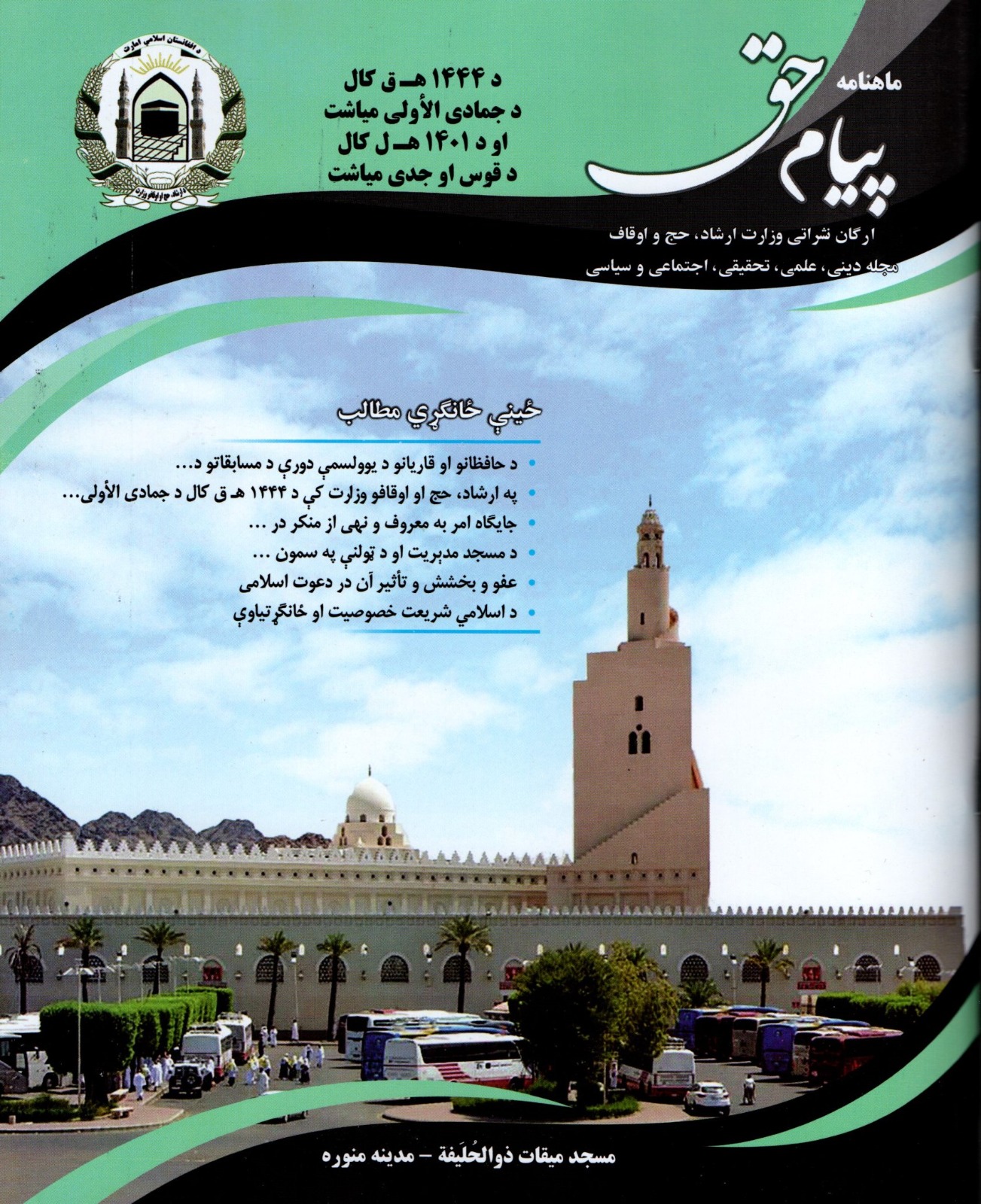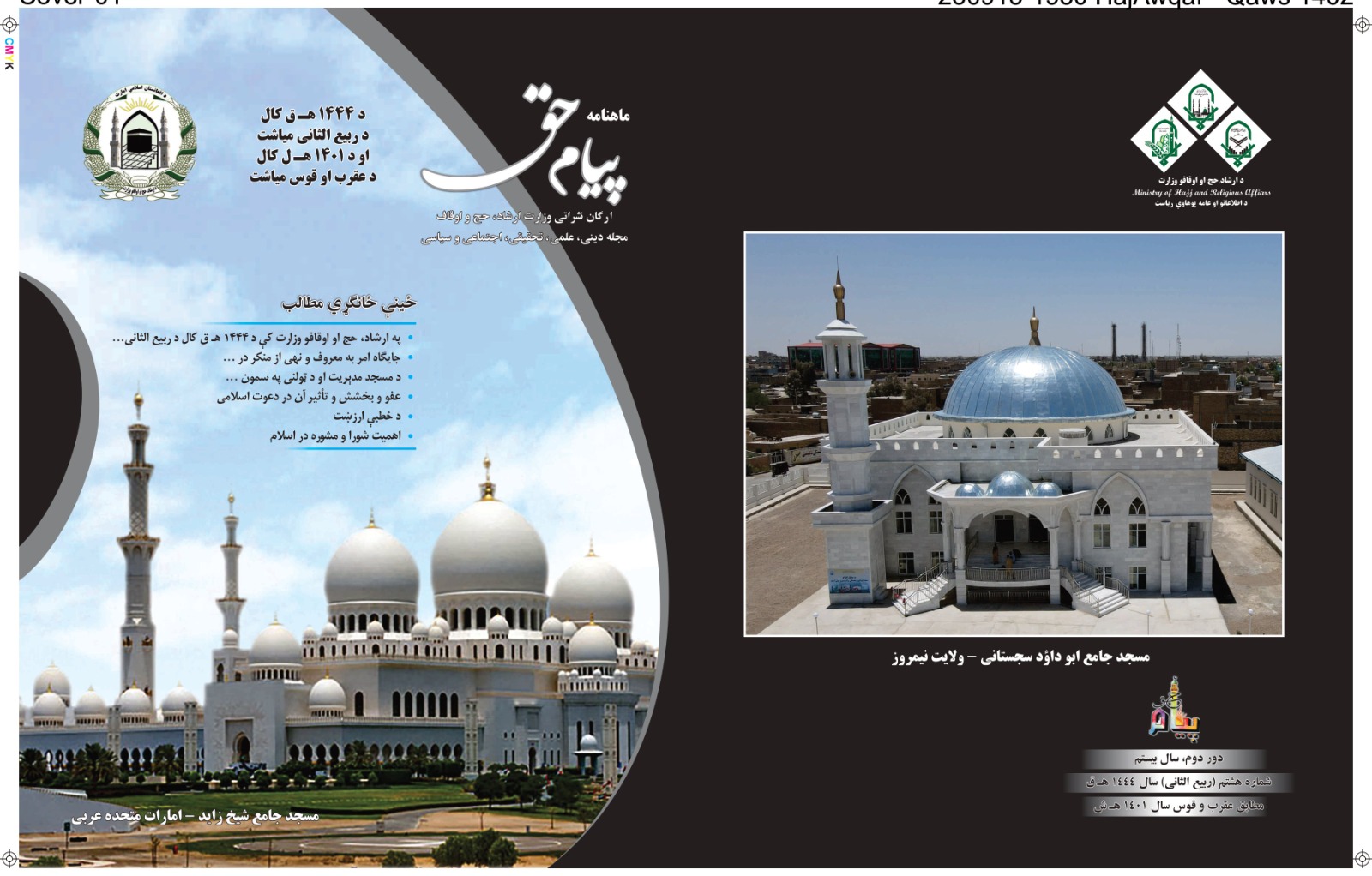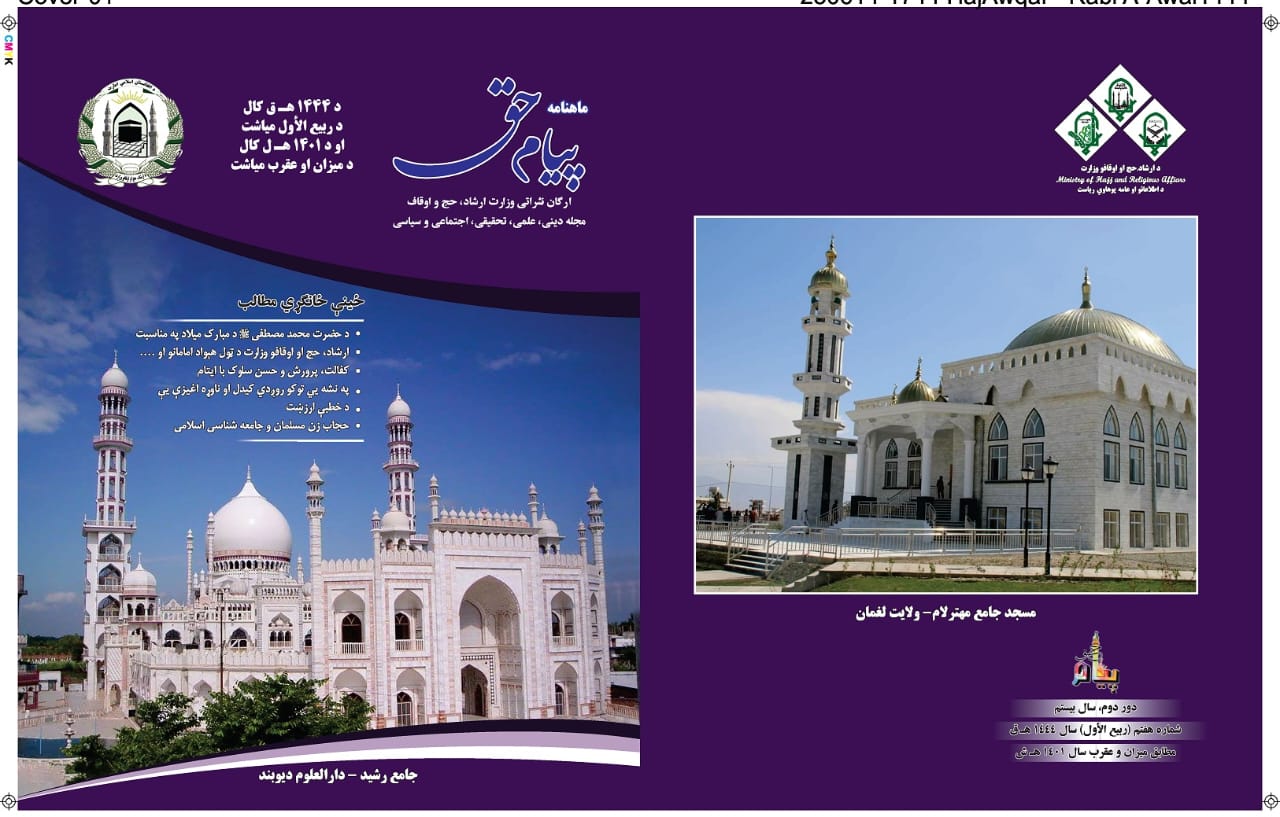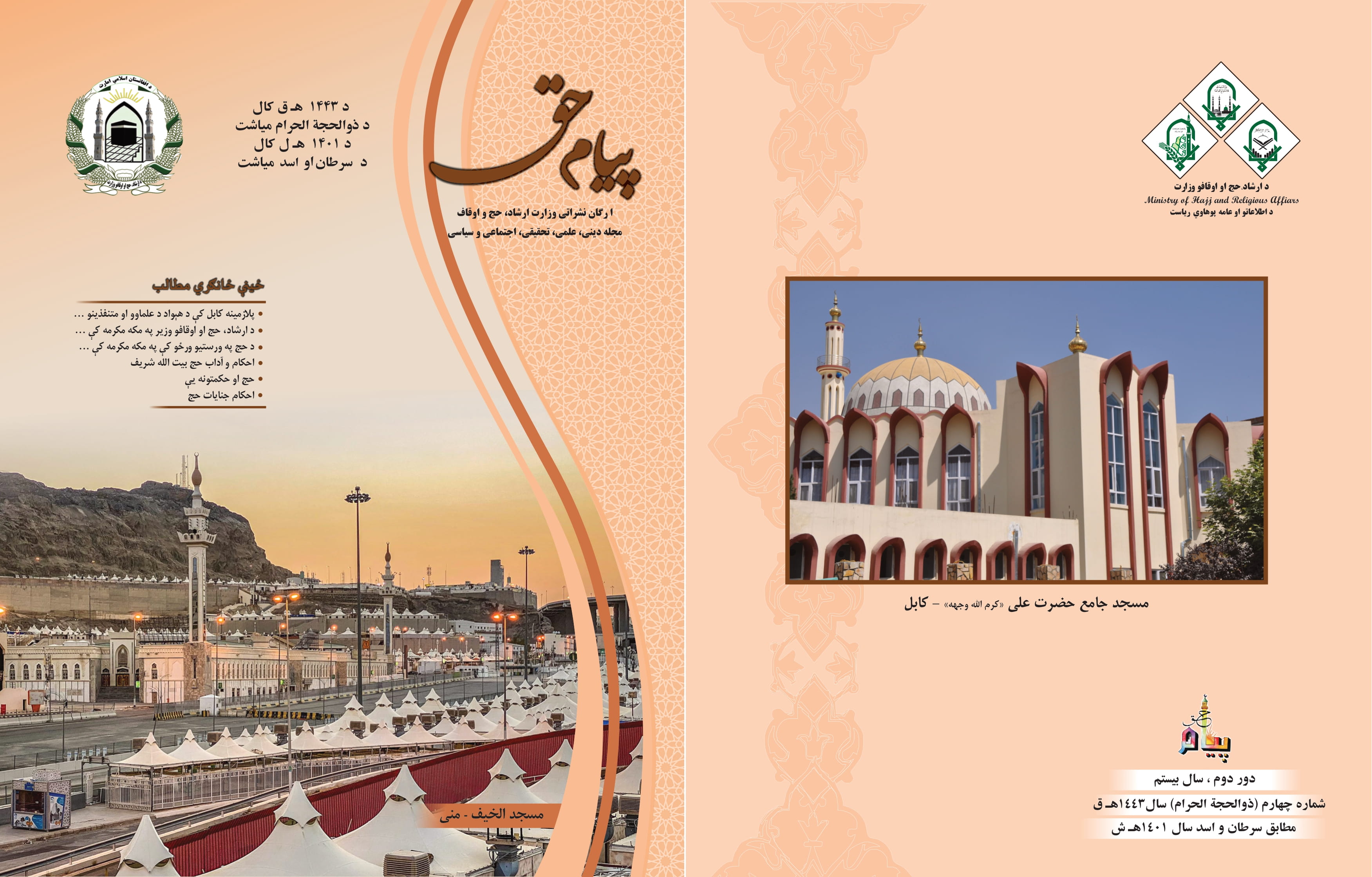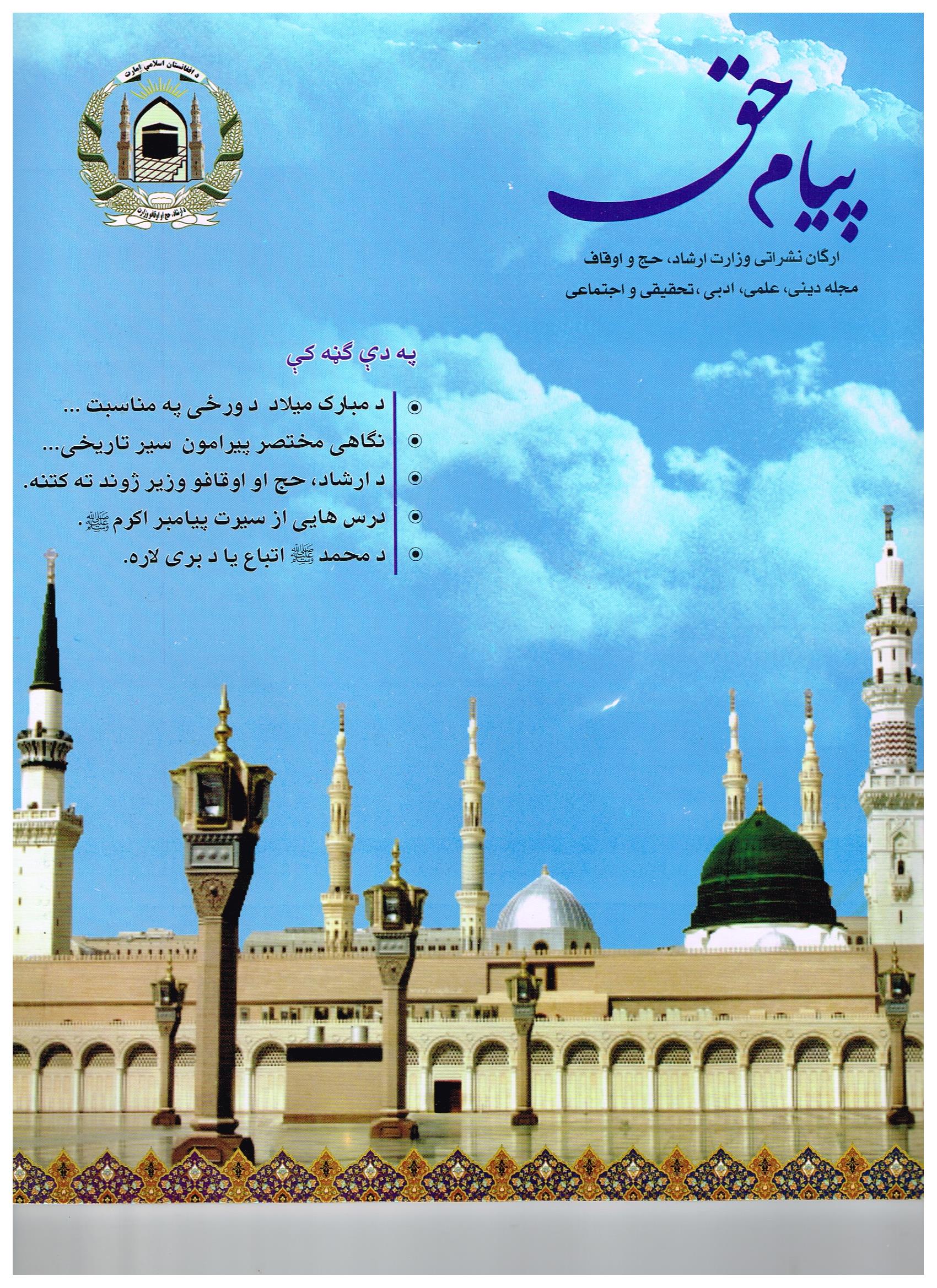History of MOHIA
For the first time in 1349 Based on the urgent need of the Afghan society and the decision of the government of the time an office called the High Endowment Office was established and started working as a non-profit enterprise in the formation of Ministry of Justice and its working field was: (Registration of endowed property and estates, restitution and acquisition of endowed property and estates, movable property, holy places, shrines, arrangement of affairs and cohesion of mosques, etc.). Its main office was in a rented building in Macroryan Kohna Kabul Afghanistan.
The honorary head of Endowment Office was His Excellency Mohammad Zaher Shah, the King of the time, and its CEO was Sayed Hakim Kamal Katawazi, whose affairs in the provinces were handled by prosecutors.
This office was dissolved after the change of the monarchy to the republic, in 1352 and only two general directorates remained:
1. General management of Endowments
2. General management of Hajj
It was merged to form the great presidency of the time and Mr. Zainullah Manali was appointed as its CEO In 1978.
In 1358, this office was promoted and its name changed to head of the Islamic Shohon, headed by Dr. Sayeed Afghani, and he was the first head of the Islamic Shohon. The current building of ministry was purchased from the badges of Islamic Shohon department and its office moved from Macroryan to Shar Naw.
Department of Islamic Shohon promoted to the post of Ministry of Islamic Shohon In 1362 and Abdul Wali Hojjat was appointed as the first Minister of Islamic Shohon. After Abdul Wali Hojjat one by one Abdul Jamil Quraishi, Sediq Selani, Abdul Ghafor Baher, Mawlawi Arsalan Rahmani, and Sakhidad Fayez was appointed as Minister of Islamic Shohon.
At the first rule of the Islamic Emirate, Ministry of Islamic Shohon was reduced and merged into the formation of the Ministry of Justice as Deputy Office of Hajj and Endowments In 1376, and also the Council of Ulema and Clerics also operated in its formation. Deputy office of Hajj and Endowments was promoted to the Ministry of Hajj and Endowments for the second time in 1378, and Mawlawi Abdul Shakur was appointed as Minister of Hajj and Endowments, then one by one Hafez Moheb Allah and Sayed Ghiyasudin Agha was appointed as minister of Hajj and Endowments.
In 1381, Ministry for the Promotion of Virtue and the Prevention of Vice was reduced to the Department of Islamic Guidance merged to formation of Ministry of Hajj and Endowments and its name changed to ministry of Hajj, Islamic Affairs and Endowments. Mawlawi Mohammad Hanif Balkhi was appointed as Minister Hajj, Islamic Affairs and Endowments, then Mohammad Amin Naseri, Professor. Neyamatullah Shahrani, Mohammad Sediq Chakary, Dr. Mohammad Yousef Niazi, Faiz Mohammad Osmani, Mawlawi Abdul Hakim Munib and Mohammad Qasem Halimi was appointed as Minister of Hajj, Islamic Affairs and Endowments.
After the rule of the second round of the Islamic Emirate of Afghanistan
Based on the decree of Amir al-Mu'minin. Sheikh al-Hadith Dr. Mawlawi Noor Mohammad Saqib was appointed as acting Minister of Ministry of Hajj, Islamic Affairs and Endowments On Sunday, 20th of Muharram al-Haram 1443, according to the 7th of Sanbula 1400, equal to 29th of August 2021.
Sheikh al-Hadith Dr. Mawlawi Noor Mohammad Saqeb was officially introduced as acting minister of Hajj, Islamic Affairs and Endowments to the employees by Sheikh al-Hadith Abdul Hakim Haqqani In a large gathering attended by members of the leadership council of the Islamic Emirate on Thursday, 2 Safar al-Muzaffar 1443, in accordance with the 18th of sanbula, 1400, equal to September 9, 2021.
In the current formation of the Ministry of Hajj, Islamic Affairs and Endowments, there are four Deputies Offices and departments: 1. Scientific Assembly 2. Endowments 3. Hypothetical Hajj 4. Umrah and Shrine 5. Guidance and Cohesion of Mosque Affairs 6. Information and Public Awareness 7. Chief of staff Office 8. Financial Administration 9. Human Resources 10. Qura Affairs 11. Internal Inspection 12. Research and study of Islamic sciences. 13. Religious teachings and teaching of Imams 14. Hatesab 15. Hossainiyah 16. Center of moderation 17 management of mysticism and religious places 18. Women's Guidance 19. Projects and Programs 20. Foreign Relations 21. Monitoring and Evaluation 22. Policy and Planning.
Two Independent Directorates:
- Procurement
- Information Technology
Ministry of Hajj, Islamic Affair and Endowments works are in four main programs (guidance, Hajj, endowment and administration).
Ministry of Hajj, Islamic Affairs and Endowments has 34 provincial departments in the formation under the name of Hajj, Islamic Affairs and Endowment Departments and two departments under the name of (Rawza Shrif Shrine Balkh and Kherqa Mubarab Kandahar)
To sum up, Ministry of Hajj, Islamic Affairs and Endowments in addition to the position of the Ministry, four deputy offices, internal and external advisors, 22 central directorates and two independent departments totally has 10,386 personnel, including imams and preachers of mosques and preachers of Takayas and Husseiniyahs across the country.

